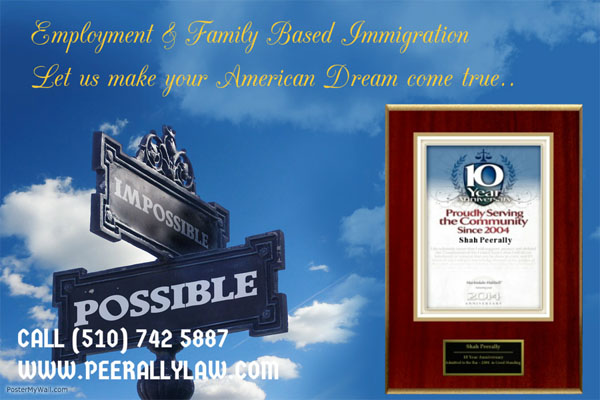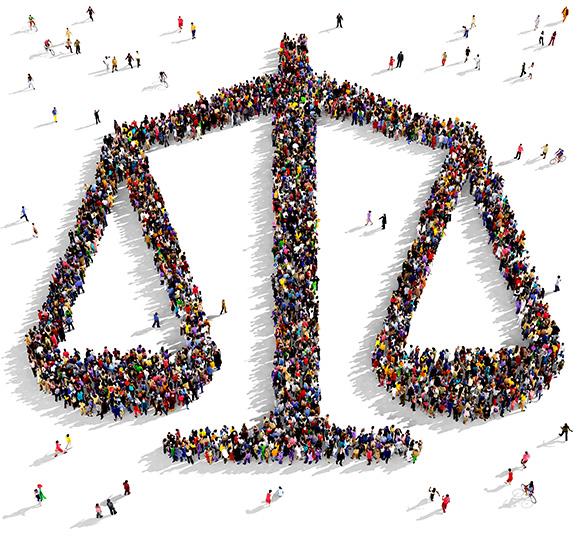One very interesting case
Amongst all the work that we do there is always some project or case that remains like a benchmark and perhaps because of that it becomes very dear to our hearts. Often these are probably some of the toughest projects that we might have worked on and faced a lot of challenges too. Perhaps that is precisely why the case/project remains with us far down in memory and is always a case in point when we try to remember something that we had enjoyed working on, or posed a great challenge to our skills. Shah, who opened his Law firm in the year 2005, has since then seen a lot of interesting cases, many of which he won and some of which stayed back with him in his head because they managed to raise a lot of questions in his head. One such cases which has intrigued Shah since the time he took it up is about a client of his from the Middle East. (Client not named because of privacy)

On one Friday while Shah was having his dinner, he got a call from a friend of his, saying he was stuck at the airport. Shah’s friend was a resident of the Middle East and was traveling with a valid visa. For whatever reasons, unclear to both Shah and his friend at that time, he had been detained at the airport at the immigration. In a rapid succession of events, which looked increasingly like a Hollywood pot boiler, Shah’s friend was taken into custody and placed in high security custody. In the enfolding drama that followed, Shah tried to find out why his friend had been detained at all and if he could appeal for asylum, because the friend apparently did not want to go back to his own country.
The same Sunday Shah went to see his client and was amazed to see that he had been confined to an extremely high security zone. To his shock and amazement, Shah found himself in the middle of a prison lock down, which meant that no one could get out of the prison for a while. It was an absolutely horrible experience for him and in his mind he wondered how men lived there. Shah was taken down dark cells, where he had to walk around in complete darkness, with instructions to walk right and left. He later heard that a prisoner had been running amok naked in the prison and the guards were chasing him all around the prison, which is why the lock down had to be enforced. Shah had never had any such experience before and was thus totally unprepared for it.
But the more amazing part however was meeting his client, who was a man of immense patience. He did not complain much about his condition and stood it with amazing amount of calm. He even told Shah about the atrocities in his own country, where he had often been tortured with weights around his body. It was not only the stoicism of the men that surprised him, but Shah and his team were perplexed about why the man had been taken to custody in the first place, since he was holding a perfectly legitimate visa. Through his interactions with his client, Shah found out that he was a law abiding citizen and all he wanted was a peaceful life. Shah went back and posted for a bond for his client, to start the process of releasing him.
During the bond hearing, Shah could not be present himself, in his place the client was represented by a friend, who suggested that they use a program called ISAP(Intense Supervision and Appearance Program), whereby the prisoner would be given an ankle bracelet and placed under house arrest. Under this program, the prisoner need not live in the prison, but at the same time he could not leave his own house too. This meant that Shah’s client had to wear radio-tracking devices on the ankles fitted with GPS technology, that were meant to keep track of his movements while the administration examined his case.
Shah’s client was approved for the ISAP program and put on a constant check, but he had to wear the ankle bracelet for at least six to eight weeks and report to the ISAP authorities regularly. Shah remained extremely involved in the case and it was due to his personal involvement and good fortune that his client was soon released. Once he was released this Shah’s law firm did a ‘credible fear interview’, with the client where the client is questioned on all accounts to see if he capable or willing emotionally and mentally to go back to his home country and if he is eligible for filing for an asylum. Shah’s client passed very highly in the interview because he had been tortured in his own country and was totally averse to going back to his own country as he had very bad memories of the place and did not want to go back there under any circumstances. Shah’s client passed the interview because his case was genuine and he also had proof of the torture that he had undergone. Finally, the case went to the court and Shah presented a case of asylum. The case then stretched for a long time, almost 6 years. In fact the case was finally over only in 2011. The case had a great impact on both Shah and his client, when finally it was over in 2011; both were changed people in different ways.
Shah represented his client in the court and often found the judge sympathizing with him on most counts. Unfortunately, the prosecution in this case was a very different kind of lady. Arguing with her throughout the course of the case, several such aspects were highlighted that no one would have thought was necessary for a case such as this. Many a times unnecessary allegations were made that even amounted to racial discrimination and unnecessary harassment of a minority community and a helpless person, who had the thought that he had come to a country where he could seek asylum for a helpless person such as himself. Not only did the prosecutor make racist comments about Shah’s client but also about Shah’s own involvement and intentions in taking up the case were questioned in court.
Allegations such as these were not only baseless, they tarnished the image of the person and often left them sore and without faith in the system where they were seeking asylum. What was shocking to Shah was that his role of defending his client was often misinterpreted as a case of religious bias. As such, on many counts, Shah was asked whether he was defending the client because he happened to be an Arab. Strange allegations were made at the client who was asked why he was found reading a book on Chemicals. The fact that the client being a chemical engineer, it was only normal for him to read a book on chemicals made no impact on the prosecution. On several counts, Shah had to argue that his client was not facing charges for terrorism nor was he being tried for the same. Luckily for them the judge was a fair person and agreed to Shah’s debate and found the questioning of the prosecution rather irrelevant.
With questioning and counter questioning the case went on and on for many years with a sitting or two almost every year. The case was not resolved for long and was ultimately denied because of the ‘Real Idea Act’ corroboration of evidence, since in cases such as these it is the independent evidence which confirms a client’s position. The fact that one of the witnesses could not appear during the hearing made the case further distorted. Shah then had to re-appeal the case under different grounds which re-started an entirely new spate of arguments all over again. With the case going on and on in different angles time and again, finally in 2011, both the judge and Shah agreed that the case had been going on and on for too long. And largely over issues that hardly mattered or were the concern of the case. Under the circumstances, the judge was unhappy that the case had been taking so long and believed that the US Government was unfairly delaying the case. Under the circumstances, the judge agreed with Shah that there was no real reason to delay the case anymore. Shah’s case was further heightened by the fact that both the Immigration court and the USCIS had already approved and cleared the case.
Finally in 2011, the case was decided in favor of Shah and his client. It was a sweet moment of justice that prevailed. Till date Shah is nostalgic and remembers this case with mixed feelings. This is because the case was special for Shah on many counts. In spite of the bizarre situations that occurred during the entire trial period and even before that, it made Shah question a lot of things about the American life, religion and the treatment of the minority communities. The prosecutions, questions on his integrity made him rethink on his beliefs and ultimately he thinks that apart from winning the case, he also grew as a person and as a lawyer in many directions, having handled this case. There have been many victories for the Shah Peerally Law firm since and before this case too, but seldom has it been so controversial or so sweet at having gained justice for someone who he thought was completely innocent.

